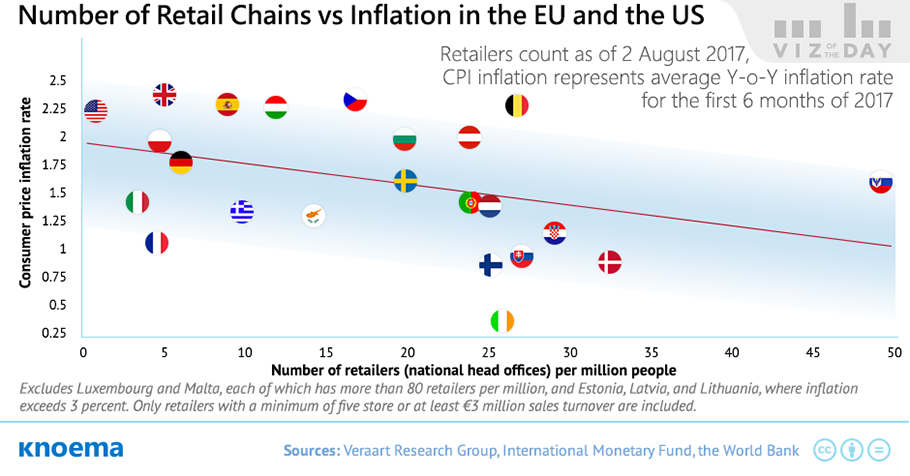Notre déclaration de confidentialité et notre politique en matière de cookies
Notre site Web utilise des cookies afin de faciliter votre expérience en ligne. Ils ont été enregistrés sur votre ordinateur lorsque vous avez lancé ce site Web. Vous pouvez modifier vos paramètres personnels relatifs aux cookies via les paramètres de votre navigateur Internet.
Politique de la protection de la vie privée